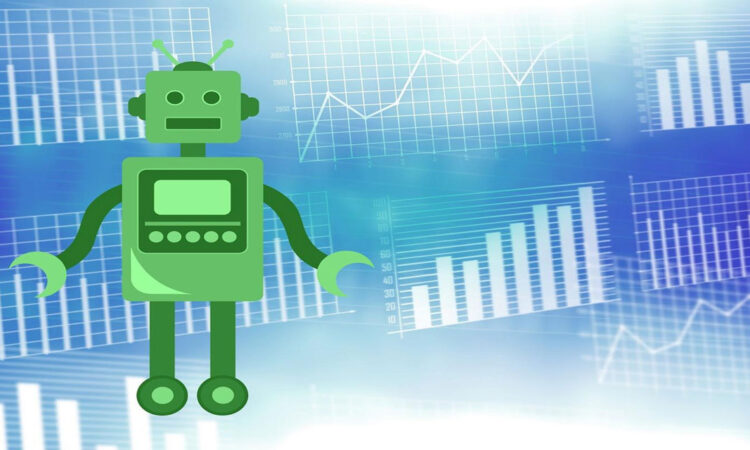
Algorithmic trading uses computer speed and computational resources to make decisions. Rather than a human being making these choices, a computer’s program executes orders using pre-programmed instructions. A computer’s algorithm accounts for variables such as time, volume, and price to help determine the optimal trade. A lot of information is involved in making such decisions, so it’s important to use a good program.
There are many benefits of algorithmic trading. The most notable is that there’s no need for human intervention and that the trader can make decisions based on historical data. This allows the algorithm to be refined over time, eliminating the need for human error. It’s also possible to trade on more than one instrument. Fortunately, most algorithms are automated and are available as risk-free demo accounts. But before you decide to invest in an algorithmic system, consider the risks associated with it.
Since algorithmic trading is based on software, it’s possible to use a machine to simulate the market, making it a highly efficient way to make money. It’s important to remember that algorithms are highly dependent on technology and can be affected by computer crash or loss of internet connection. While it is possible to develop a system that can predict the market’s trends, it’s not easy to maintain a profitable algorithm.
The biggest disadvantage of algorithmic trading is the fact that it’s difficult to automate the process. There is a great deal of uncertainty in asset values, and this makes it very hard to make profitable trades. But thanks to technology, algorithms can now provide liquidity in a much more efficient way. However, despite the difficulties associated with algorithmic trading, the benefits of algorithmic trading include a reduced-price variability and increased speed.
The main advantage of algorithmic trading is the high speed and volume of transactions. It can reduce the risks associated with investing in stocks. As a result, algorithmic trading has no significant downsides. While it’s not as profitable as trading with a human, it’s still better than human-made investments. In addition, it’s easy to learn and execute. In addition, this type of algorithmic trading is highly complex.
Algorithmic trading eliminates the need to use humans to make decisions. The algorithms are programmable and can be adapted to any market. As a result, algorithmic trading minimizes the need for human-made mistakes. It reduces the risk of human error and improves the overall quality of stock prices. Besides, it reduces the risk of over-trading. With algorithms, it’s possible to automate the algorithm to create more profit.
Unlike human traders, algorithmic trading can be applied to any type of tradable asset class. The advantages of algorithmic trading are the high speed and flexibility. The systems are automated and do not need humans to monitor them. This means that the system can be programmed to trade on its own. Moreover, it is suitable for any kind of market. It’s not limited to stocks; it can also be used to bonds and even illiquid assets.
